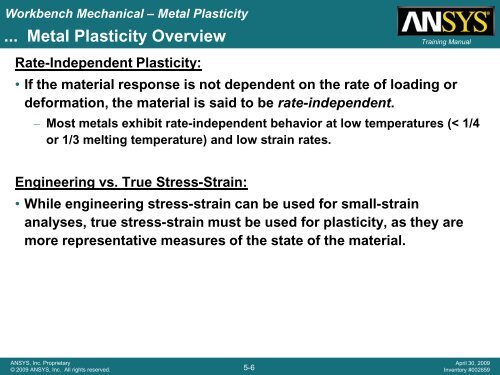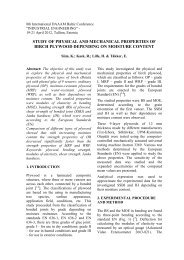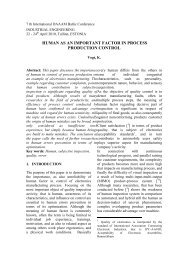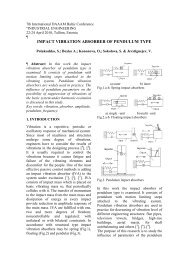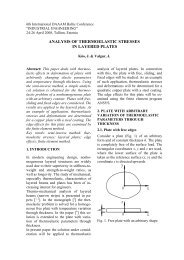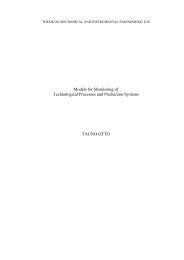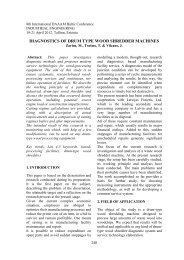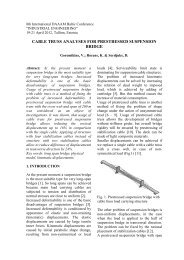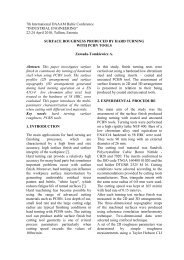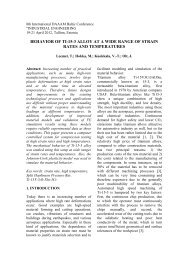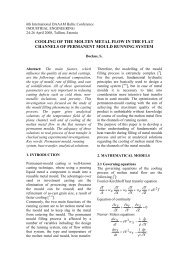Workbench Mechanical â Metal Plasticity
Workbench Mechanical â Metal Plasticity
Workbench Mechanical â Metal Plasticity
You also want an ePaper? Increase the reach of your titles
YUMPU automatically turns print PDFs into web optimized ePapers that Google loves.
<strong>Workbench</strong> <strong>Mechanical</strong> – <strong>Metal</strong> <strong>Plasticity</strong><br />
... <strong>Metal</strong> <strong>Plasticity</strong> Overview<br />
Training Manual<br />
Rate-Independent <strong>Plasticity</strong>:<br />
• If the material response is not dependent on the rate of loading or<br />
deformation, the material is said to be rate-independent.<br />
– Most metals exhibit rate-independent behavior at low temperatures (< 1/4<br />
or 1/3 melting temperature) and low strain rates.<br />
Engineering vs. True Stress-Strain:<br />
• While engineering stress-strain can be used for small-strain<br />
analyses, true stress-strain must be used for plasticity, as they are<br />
more representative measures of the state of the material.<br />
ANSYS, Inc. Proprietary<br />
© 2009 ANSYS, Inc. All rights reserved.<br />
5-6<br />
April 30, 2009<br />
Inventory #002659


